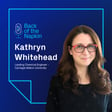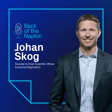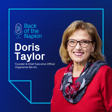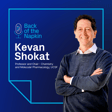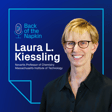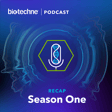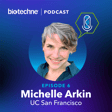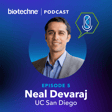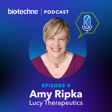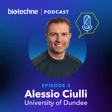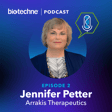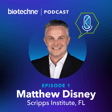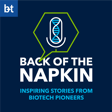
Luke Lavis: Bright Ideas in Fluorescence Imaging
In this episode of the Back of the Napkin, we dive into the world of fluorescence imaging with Luke Lavis. Known for his pioneering work at the Janelia Research Campus, Luke shares his unique journey from the woods of Oregon to the chemistry lab. Luke’s story illustrates how diverse experiences can lead to groundbreaking scientific achievements.
Discover how Luke’s work has pushed the boundaries of fluorescence imaging. Notably, his development of Janelia Fluor® dyes has significantly improved live-cell and super-resolution imaging capabilities. This episode reveals the intricate balance between fundamental research, application in drug discovery, and the collaborative culture at Janelia, emphasizing the importance of mentorship and interdisciplinary interactions.
- Follow Luke on X: @rhodamine110
- Explore the Janelia Research Campus’s Open Chemistry initiative for pre-commercial compounds: dyes.janelia.org
- Learn more about HHMI and the Janelia Research Campus: HHMI Janelia
- Janelia Fluor(R) dyes for super-resolution microscopy available at Bio-Techne Janelia Fluor® Dyes for Super Resolution Microscopy | Bio-Techne
- Follow Alex: @MoloneyAlex
